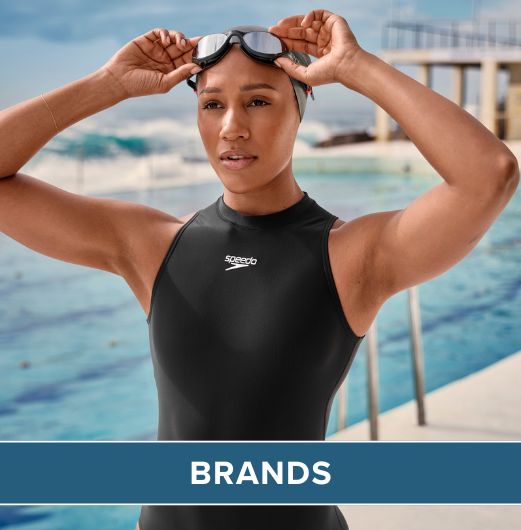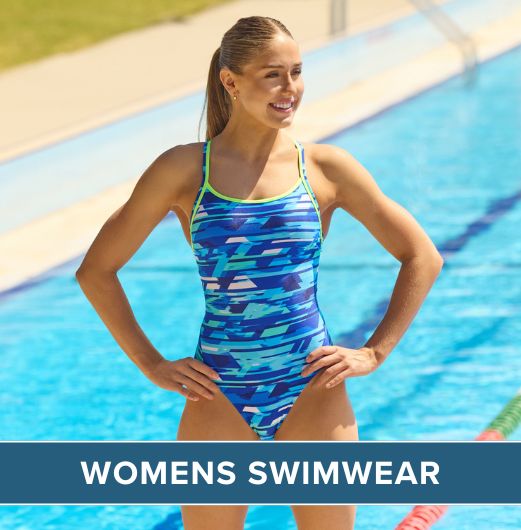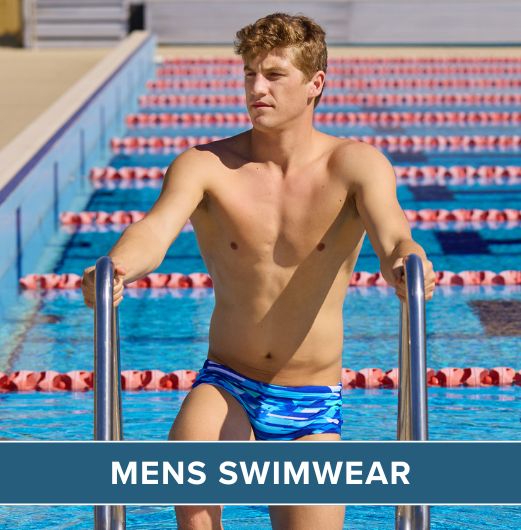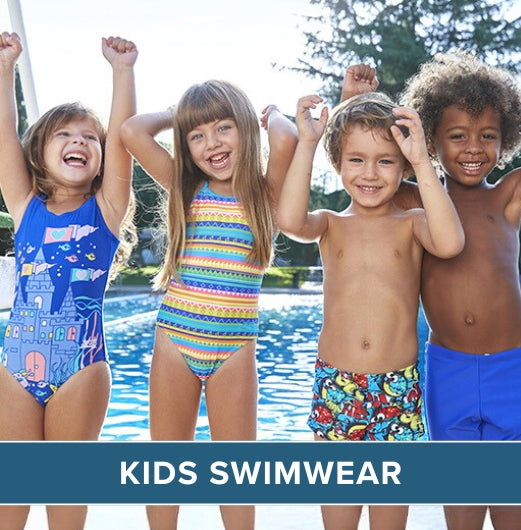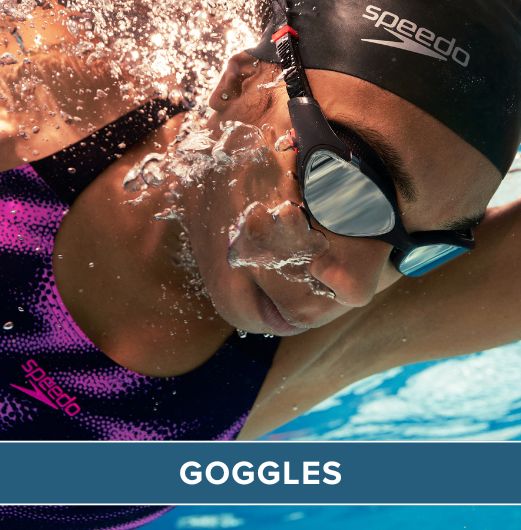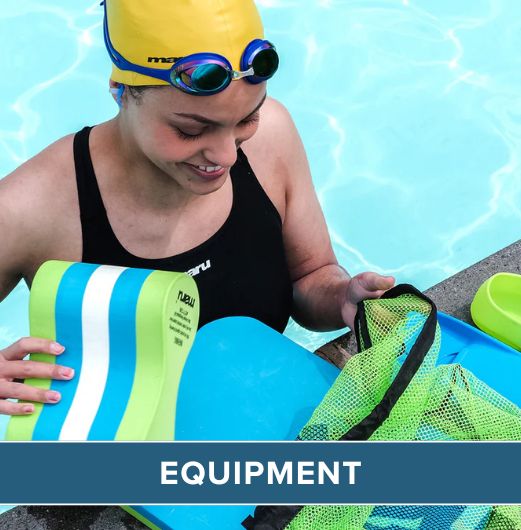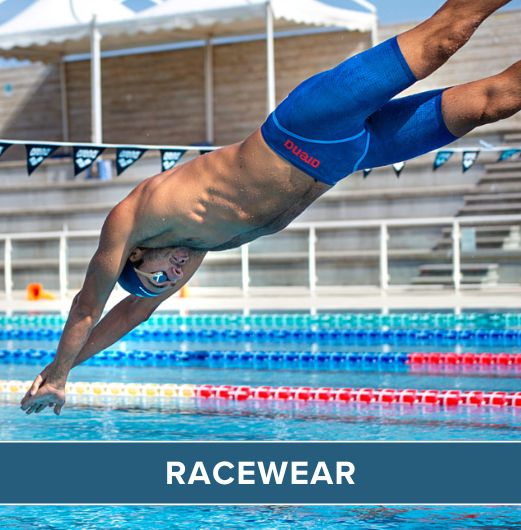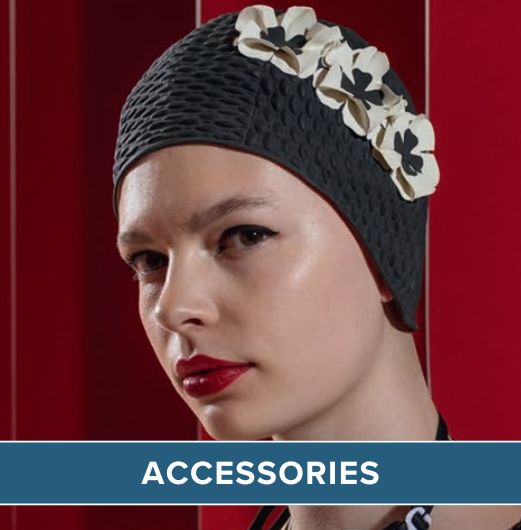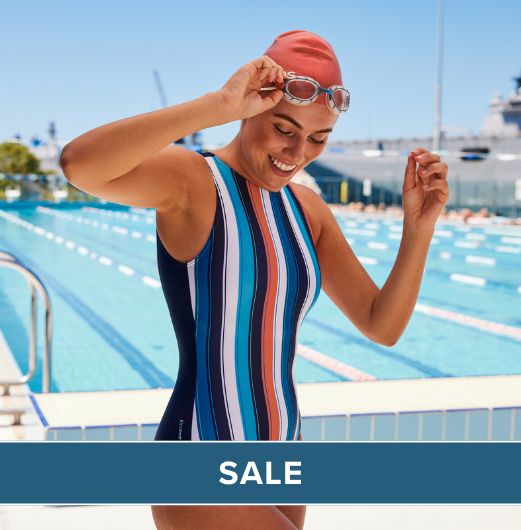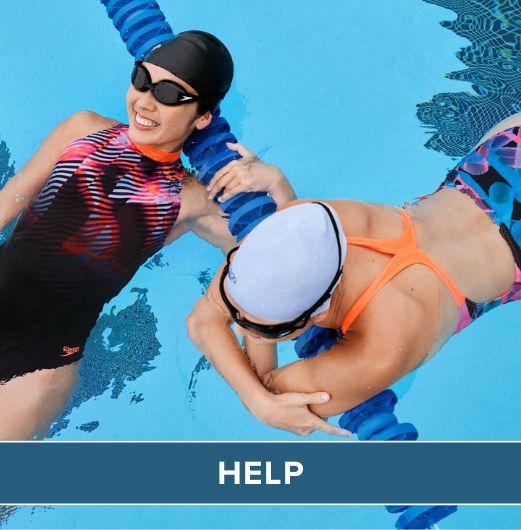Learning Freestyle/Front Crawl
When it comes to learning and mastering any swimming stroke, you need to be willing to put the work in from day one. With a dedicated and positive mindset, it’s possible to improve your overall performance and enhance your swimming technique for the better. The mentality with learning freestyle (or front crawl) is no different and is actually one of the easiest to pick up compared to the other main styles. Remember to apply yourself and take it one step at a time. If you break the stroke down into separate body sections, you’ll find it much easier to manage. So, let’s get stuck into the more advance and technical areas of what you need to know.
Body Position
With the correct body position you’ll become more streamlined and stronger in the pool. It’s all very well developing and fine-tuning your kick and arm technique, but this won’t be as effective without understanding how your body should be positioned. You need all of the elements to be hitting the mark to really enhance your freestyle performance. First of all, you don’t want to place your body too low in the water as this will mean you need to use more energy to propel smoothly. In contrast, it’s also important that your lower body isn’t too high in the water for the same reasons above. The best body position is to place your lower back just below the surface and try and keep it as straight and flat as possible. One method to help you achieve this is to remember to pull your stomach in. Swimming kickboards are great training aids to help you focus on your back and hip position and to naturally garner a decent profile. Like any advice in this guide, it’s best to spend time working on each individual section before making things too complicated for yourself. To recap, the main criteria when it comes to body position include:- Flat and straight back and hips
- Body placed just below the surface
- Stomach pulled in to maintain profile

Head
Next up is the positioning of your head whilst you propel your body. Essentially, you should keep this in a neutral position, just below the surface of the water and look towards the bottom of the pool. The exception to this rule applies when you are coming up to breathe before placing your head back in the same position. If your head or chin is too high it will affect your breathing, posture, rotation and arm stroke; so make sure you’re not lifting it up and out of the water when you take air in. If your chin is tucked in when it’s under the water this will flatten your upper spine and make you more streamlined. Remember that your head and neck should be aligned. If however, your head is too low this will create more resistance and put more strain on the back of your neck. Avoid lifting your head to see where you are, as the markings displayed on the surface and walls will be able to guide you. This is a common mistake for many swimmers, so try not to develop bad habits from the outset.Hands and Arms
Great freestyle hand and arm technique requires plenty of practice to really master and you’ll find that small adjustments make a big difference. Alongside your kick, these motions will ensure you move smoothly and efficiently through the water without creating drag. However, if one part of the arm and hand stroke is performing poorly, the whole stroke will suffer. Again, it’s advised to break the hand and arm technique down individually and spend a relevant amount of time on each area. Hands Your hands should enter flat, palm first, for each individual stroke that you make. It’s also important to make sure your palms aren’t pointing outwards too. You want your hands to enter as quickly as possible before you catch the water and then pull your arm back. Arm cycle Each arm will reach forward with your fingertips stretched out and closed. As the arm is extended fully, you will then enter and catch the water. Your arms will alternate this process, so as one is pulling, the other is catching in a propelling and continuous cycle motion. Keep your elbows slightly higher than your forearm and after your hand enters, gradually move your arm back whilst keeping your arm close to your body. After you pull back, your elbow will be straight until pushing past your hip, where the elbow can be flexed again and brought up out of the water and back round. As your arm comes out of the water it should do so with your little finger first before the rest of your hand. The arm then recovers and prepares to enter again for another stroke. During this phase there should be as little tension as possible before re-entering. (Ref *3)
Kick Technique
With a strong freestyle leg kick you will be able to create a more streamlined profile and maintain stability in the water. Keeping your feet relaxed and extending your ankles, whilst pointing your toes, will avoid a ridged posture and allow your feet to flex a little. Your legs don’t need to be dead straight, so it’s best to bend your knees as your feet move to the surface. Most importantly, kick from the hips as you push your leg down and relax each leg as it moves upwards. The reason for doing this is because the power will be generated from each downward kick that you make. Remember that power comes from your hips and not your knees. If you want to focus on this part of your swimming technique separately, use a kickboard to really improve your style. This training aid will help you to develop leg strength and muscles – the perfect combination for the ultimate kick. (Ref *4) Mistakes to avoid As you are kicking, you shouldn’t raise your feet too high out of the water as you will be creating more work for yourself. In the same breath (no pun intended), you also don’t want to create too much splash either. Any splash that is caused from kicking should be concise, controlled, and kept to a minimum. Once you begin to master the kick technique for freestyle you will create minimal splash with maximum movement through the water. Training tip- To improve your kick, lay down on dry land with your hands under your bottom
- Next, raise your legs of the ground and carry out a light kicking motion without hitting the floor
- This will help to strengthen your core and make your legs more powerful
s

Breathing
One of the biggest challenges for beginner and intermediate level swimmers is to develop a decent and efficient breathing pattern. It’s important to practice your breathing technique as this will have a direct impact on your overall swimming style. Follow these tips to get you started.- Exhale slowly under the water – this means you will only need to breathe in when you lift your head up for air
- Breathing should be made to alternate sides (bilateral breathing) after every three strokes
- Place your cheek on the surface of the water as you breathe in before turning your head back into the water
- Keep your head still when you’re not breathing in – looking at the base of the pool will help you to focus
- Don’t lift your head as you go to breathe in as your legs will sink and create extra drag
- Rotating the head to the side is far more efficient and will keep your body more streamlined
- When rotating your head, don’t turn it too far – you should be looking to the side and not upwards
Swimwear
In order to focus your attention on developing your style, make sure you’ve got the essential swimwear items you need from the following list:- Swimwear
- Towel
- Swim cap
- Goggles
- Nose clips
- Ear plugs
- Pool footwear
- Water bottle
- Training bag
- Training aids

 Free Tracked UK Delivery
Free Tracked UK Delivery Hassle Free Returns
Hassle Free Returns Next Working Day OPTION
Next Working Day OPTION Found It Cheaper?
Found It Cheaper?



